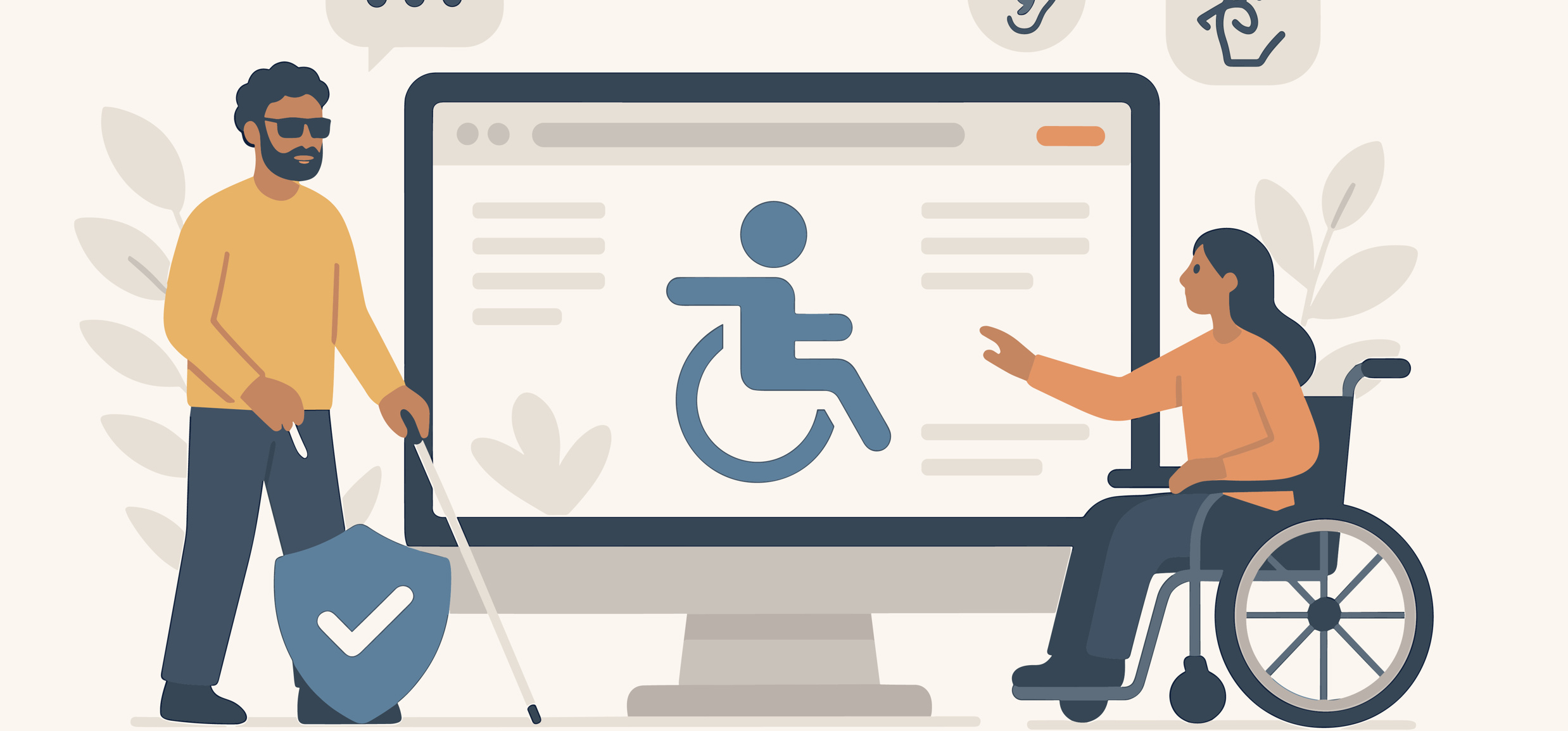
WCAG 3.0: The Next Chapter in Accessibility and What It Means for Your Website
The Web Content Accessibility Guidelines (WCAG) are evolving. With WCAG 3.0 currently in working draft form, the accessibility community is entering a new phase, one that promises broader scope, more flexibility, and a shift in how we measure inclusivity.
But what does this mean for businesses, marketers, and website owners today? And how should you plan for the transition?
WCAG 3.0 as of Today
WCAG 3.0 is not yet a formal W3C Recommendation, it remains a working draft under active development.
The latest drafts, including ones published in December 2024, have introduced changes to structure, conformance models, and the language used (e.g. guidelines, outcomes, methods, tests). It’s clear that WCAG 3.0 is designed to be more inclusive, easier to understand, and applicable not just to web content, but to broader digital tools, apps, and emerging platforms.
Importantly, WCAG 3.0 will not immediately replace WCAG 2; existing WCAG 2 standards will continue to remain valid and relevant for some time.
What’s Different: Key Shifts in WCAG 3.0
A New Conformance & Scoring Model
Under WCAG 2, success criteria are generally binary: either a page meets a criterion or it doesn’t. WCAG 3.0 proposes a more nuanced scoring model that better reflects user experience, degrees of compliance, and varying contexts.
Because of this shift, WCAG 3.0 can offer more flexibility for organisations while still holding to robust standards of accessibility.
Broader Coverage & Richer Scope
WCAG 3.0 aims to address more user needs, especially those underrepresented in previous versions, such as cognitive disabilities, complex interactions, and non-traditional web tools.
It also aspires to unify guidelines across content, applications, authoring tools, and more, reducing fragmentation between separate accessibility standards.
Easier Navigation & Clarity
The drafts indicate a restructured approach: content will be tagged and filterable (e.g. by perceivable, operable, understandable, robust) allowing practitioners to view guidelines through various lenses.
Sections of the draft are also marked with maturity status (placeholder, exploratory, developing, mature) to signal how stable or experimental they are.
What It Means for Accessibility Practice
Continued Relevance of WCAG 2.x Compliance
For now, the foundational target remains WCAG 2.1 Level AA (and soon WCAG 2.2). Meeting these standards is still critical for legal and user-experience reasons, and many of the core accessibility practices will overlap with WCAG 3.0.
As the WCAG 3.0 drafts evolve, organisations should follow the changes but not abandon existing conformance efforts.
A Gradual, Phased Adoption Model
Because WCAG 3.0 is still in development, you don’t need to overhaul your site immediately. But it’s wise to familiarise with proposed changes, identify overlap areas, and plan future enhancements.
In practice, you can begin to test new accessibility methods or tools as prototype experiments, especially in non-core parts of your site, to gain experience before full adoption.
Moving Towards Outcome-Based Accessibility
One of the goals of WCAG 3.0 is to shift thinking from strict rules to more outcome-based measures, placing emphasis on whether users can effectively perceive, navigate, and interact, rather than ticking boxes. This may lead to more user-centred testing and evaluation.
Implications for Design, Development & Audits
Designers and content authors may need to adopt more flexible tools, richer metadata, and deeper user testing. Developers could use more dynamic assessments rather than static rules. Auditors will also need to evolve their practices, tracking “how well” as much as “whether.”
It’s likely that the manual testing and automation tools used in accessibility audits will evolve to support the new model.
What Businesses Should Do Now
- Continue doing the fundamentals: ensure your site meets WCAG 2.1/2.2 AA standards, with attention to contrast, keyboard navigation, ARIA roles, semantic HTML, and usability testing.
- Monitor the WCAG 3.0 drafts via W3C and WAI publications.
- Begin small experiments or pilot accessibility features aligned with draft proposals, in low-risk parts of your site.
- Encourage your development, design and QA teams to adopt a mindset of continuous accessibility, rather than treating accessibility as a one-time task.
- When WCAG 3.0 becomes a Recommendation, plan your migration, but allow for a period where WCAG 2 and 3.0 coexist.
Conclusion
WCAG 3.0 represents the next evolutionary step for accessibility standards: broader in scope, more user-focused in assessment, and better suited to modern web technology. But its release is gradual, and WCAG 2 continues to be the benchmark today. For businesses serious about accessibility, the path forward lies in strengthening your foundations now and being prepared to adopt new principles as the standard matures.
Let’s talk about how we can help your website meet evolving accessibility standards please complete our contact form and we’ll be in touch.

